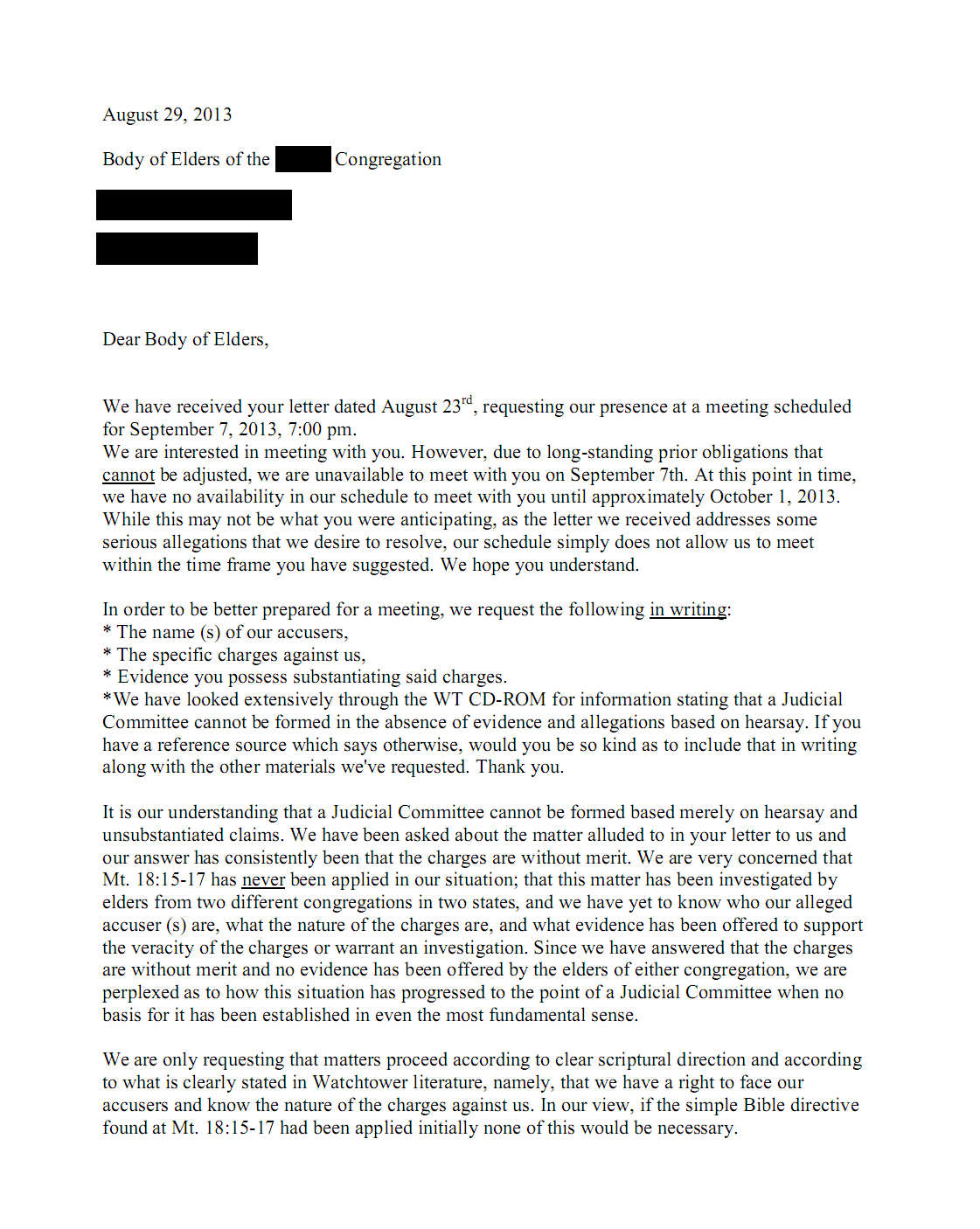How to Use Internal Dialogue Effectively in Your Fiction.
Managing Your Internal Dialogue 1. Becoming Aware of Your Internal Dialogue. 2. Changing Your Internal Dialogue.
Inner dialogue is simply the speech of a character to himself. He hears it and the reader hears it, but other characters have no idea what’s going on in his head. It’s the same for us and our thoughts. Unless we reveal them, no one knows what we’re thinking.

Direct internal dialogue: You want to use this form of internal dialogue for special emphasis, and the best way to present it is as if the character has spoken out loud but the words are italicized rather than set apart with quotation marks. The tense is switched from the past tense of the rest of the narrative to present tense with first-person point of view (again, as it would sound if the.

The examples below demonstrate how to properly format dialogue in various situations. However, writing dialogue in the proper format and composing effective dialogue are two different things. Be sure to check out my tips and examples on how to write engaging dialogue. Rules to Format Dialogue. 1. Enclose the spoken words with double quotation.

For a lucky few, this is typically how they think on any normal day. What a joy it must be to breeze through with only a few moments in battle with your internal dialogue. It must be peaceful. The ever more common, and much louder type of internal dialogue features a full conversation with yourself, chatting back and forth with a narrator in.

If your dialogue doesn’t accomplish all of the above, it is a waste of words. Now, let’s take a look at how to write the best dialogue for your story. Top Tips for Better Dialogue. Here’s what you need to know to write forward-focused dialogue: Keep it brief. Dialogue shouldn’t go over for pages and pages.

What your internal language does to you. You have the EXACT same feelings in yourself when your internal dialogue approaches your day with an “I HAVE TO” type of mindset. But you can change it with a simple adjustment in the way you think and speak. Change your mindset to one of choice, not force.

Tags: book, Brandon McNulty, creative writing, dialogue, dialogue writing, direct thoughts, Draft Without Dialogue, Fiction, how to write a book, How to write a novel, How to write a screenplay, how to write dialogue, how to write internal conflict, how to write internal dialogue, how to write internal thoughts, indirect thoughts, internal.

The solution, if you want to use italicized thoughts in the first person present, is to use them very sparingly. Only write a character’s most important and moving thoughts in this way. For the rest, use a more subtle method of presenting internal monologue, like non-italicized third person thoughts.

As you accept a new, improved way of talking and connecting with yourself, it’s essential that you observe the tone you use in your internal dialogue. Adopt the type of tone that a loved one would use if they were reassuring you. Or reflect on how you would speak to a small child who was struggling with something.

When you have a negative internal dialogue, you can cause physical pain in your body. You can’t feel emotionally distressed and not cause some form of physical manifestation. Anger, for just one minute, uses enough of your resources to suppress the immune system for 4-6 hours.

A dialogue is a literary technique in which writers employ two or more characters to be engaged in conversation with one another. In literature, it is a conversational passage, or a spoken or written exchange of conversation in a group, or between two persons directed towards a particular subject.

Internal dialogue is a conscious thought of a character and often deals with emotions or feelings. But internal dialogue is really not dialogue—there’s no conversation going on. For that reason, the normal rules for dialogue are not followed. No quotation marks needed here, instead use italics for the character’s thoughts.



